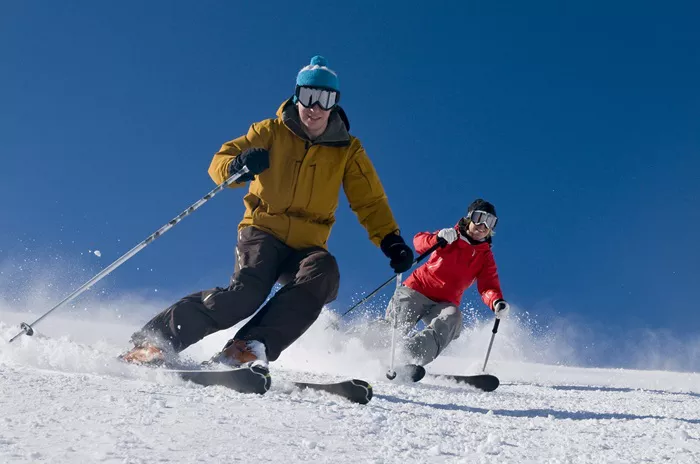The global ski equipment market is set to grow by USD 430.2 million from 2024 to 2028, with a projected compound annual growth rate (CAGR) of 4.33%, according to Technavio. The surge in participation rates in skiing and other snow sports is a key driver of this market growth, complemented by the rising popularity of freeride skiing. However, the high cost of ski equipment presents a significant challenge. Major market players include ANTA Sports Products Ltd., Burton Corp., Clarus Corp., Crosson, Decathlon SA, Fischer Sports GmbH, Gi.Di. Meccanica S.p.A., Icelantic LLC, INEMOTION INC., K2 Sports Europe GmbH, KJK Sports, Kneissl Tirol GmbH, LIVALL Tech Co. Ltd., Ober Alp SPA, Rhythm SnowSports, Group Rossignol USA Inc., SKIWAX, Stöckli Swiss Sports AG, Tecnica Group SpA, and Volkl Int. GmbH.
Freeride skiing, a popular snow sport that involves un-groomed terrain without set courses or rules, is gaining significant traction in North America and Europe. Major events like the Freeride World Tour and Sprint US Grand Prix series are fueling this market growth. Factors such as consumer awareness of fitness, increased spending, and numerous snow regions drive demand. Safety concerns necessitate a variety of equipment for optimal performance and protection, further contributing to the market expansion.
Trends and Innovations in Ski Gear
The ski equipment market is thriving with innovations in skis, boots, and poles. Skiing, now a popular lifestyle choice among farmers, hunters, and outdoor sports enthusiasts, benefits from robust infrastructure such as ski resorts and marked ski runs, attracting millions of skiers each year. Safety concerns, including head injuries and collisions, remain a priority, driving advancements in ski equipment technology.
Brands like Black Diamond Equipment and Coalition Snow are leading the industry with advanced technology in skiing apparel and equipment. Major events like the Olympics and other adventure sports competitions continue to boost participation, making skiing a growing sector in the outdoor activities market. Affordable resorts and advanced technology are expanding the ski industry’s reach, offering new opportunities for alpine touring and snowboarding.
Market Challenges
Despite its growth, the ski equipment market faces challenges due to the significant investments required for winter sports. According to the International Olympic Association, the average cost per athlete for Winter Games is approximately double that of the Summer Games, with ski equipment accounting for a larger portion of the expenses. For instance, a ski jacket can range from USD 40 to USD 250, reflecting the high costs associated with manufacturing equipment using specific materials and technologies to ensure safety and warmth.
Collisions on the slopes continue to be a concern, emphasizing the importance of helmet usage and safety. Lifestyle trends also impact skiing apparel and footwear choices. The rise of direct-to-consumer channels is disrupting traditional sales models, pushing brands to innovate continuously.
Global regulations and national laws shape the industry, with skiing apparel, footwear, and safety gear being essential categories. Affordable resorts in tourist hotspots are attracting both new and experienced skiers. As skiing’s popularity increases, so does awareness of safety concerns and the importance of proper equipment. The market includes ski resorts, skiing apparel, and equipment, with consumers seeking quality and value, driving innovation in the industry. Safety, convenience, and comfort remain key considerations for skiers, ensuring the market continues to address challenges while providing enjoyable and safe experiences.
- How to Turn When Surfing?
- What Is a Tail Pad for in Surfing?
- How Likely Is a Shark Attack While Surfing?
- Young Skater Ellis Cichocki to Shine in Unique Breckenridge Festival Opener
- Coordinated Sabotage Targets French Rail Lines Ahead of Paris Olympics Opening Ceremony
- La Niña Promises Epic Snowfall for Ski Resorts This Winter
- Orono’s Clara White Clinches New England Nordic Skiing Championship
- Bath Nurse Takes the Leap: Skydiving to Support Local Hospice
- Peter Sagan Bids Farewell to Professional Racing at Slovak MTB Championships

